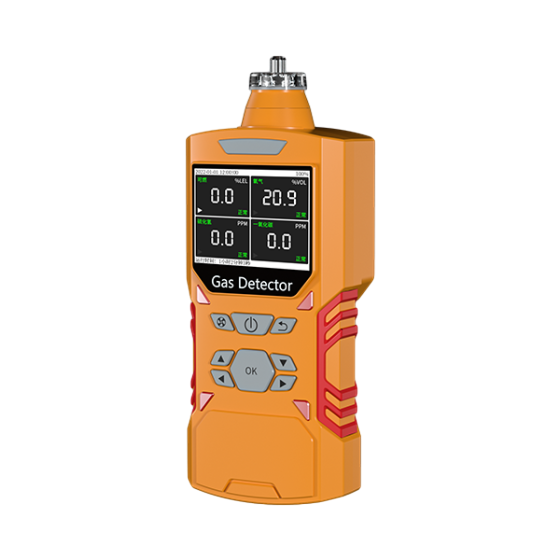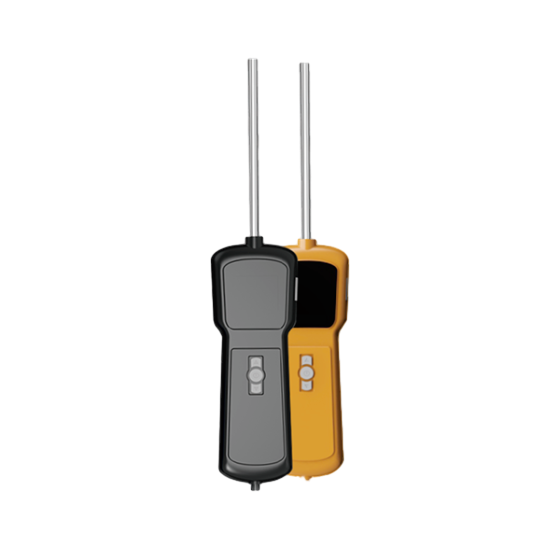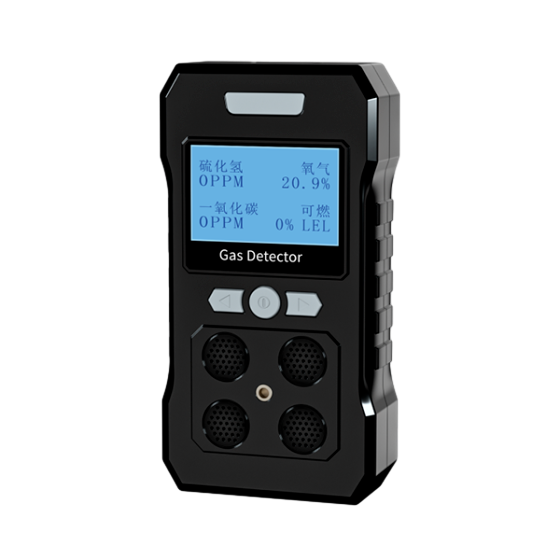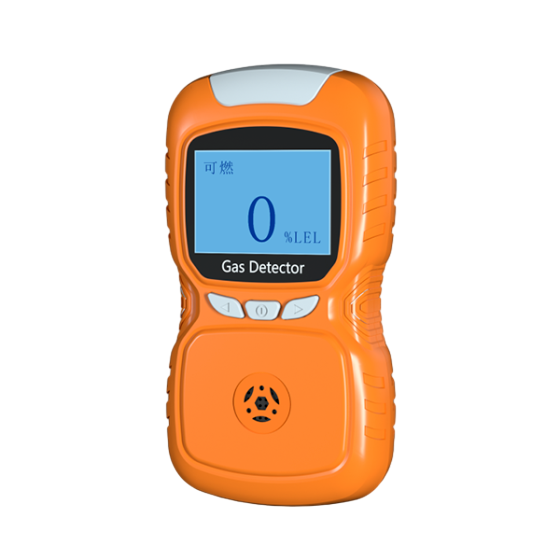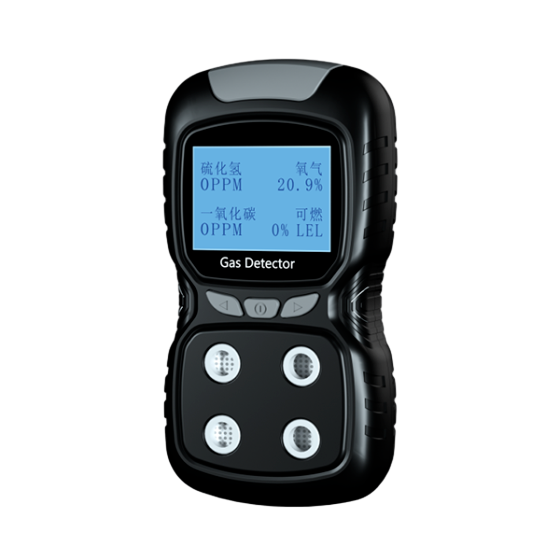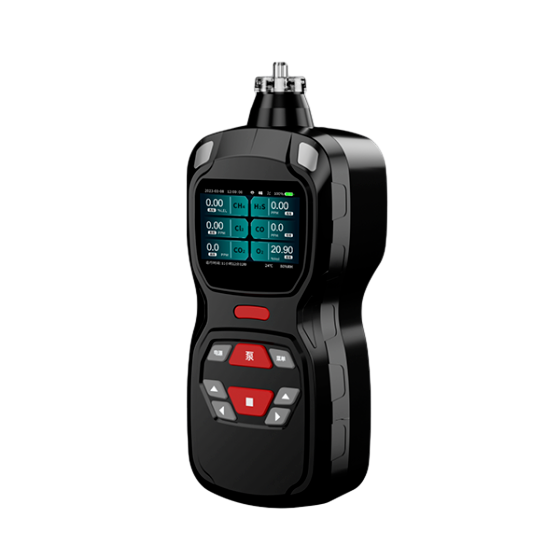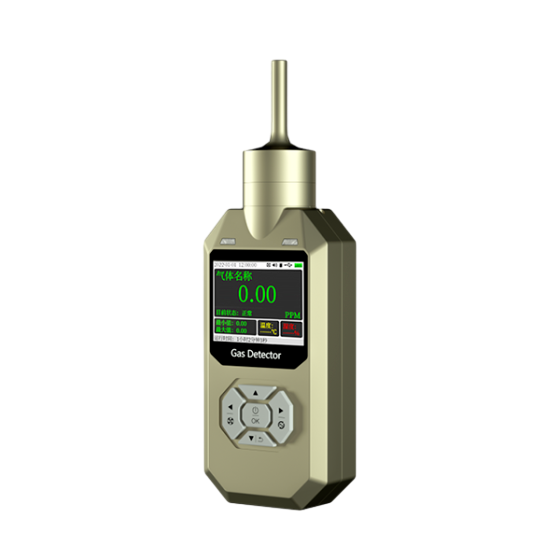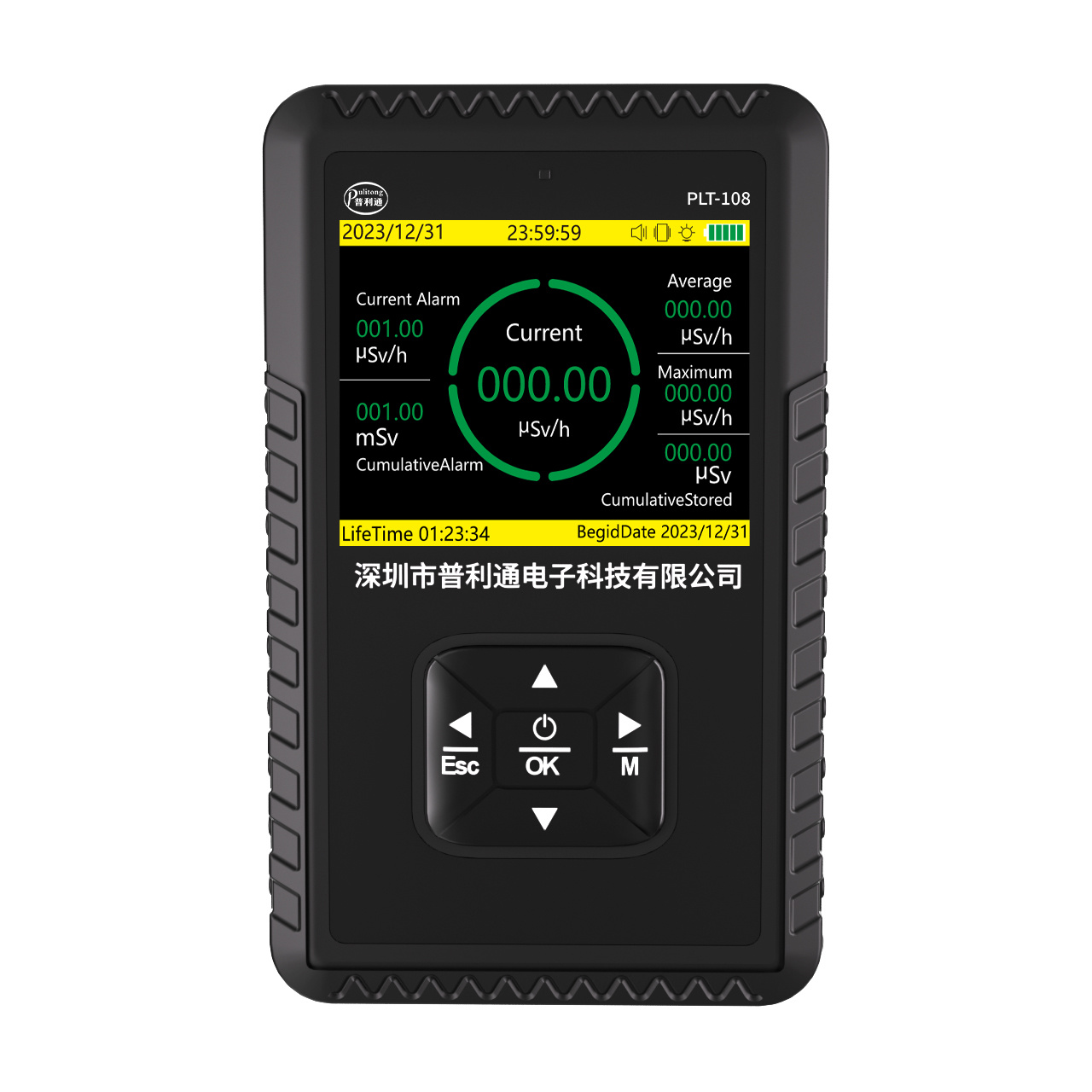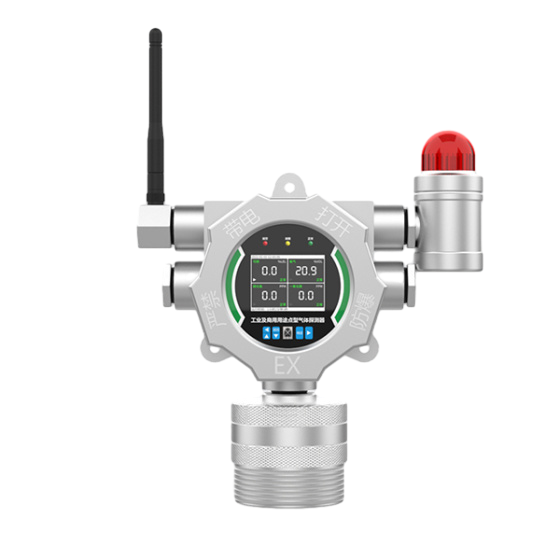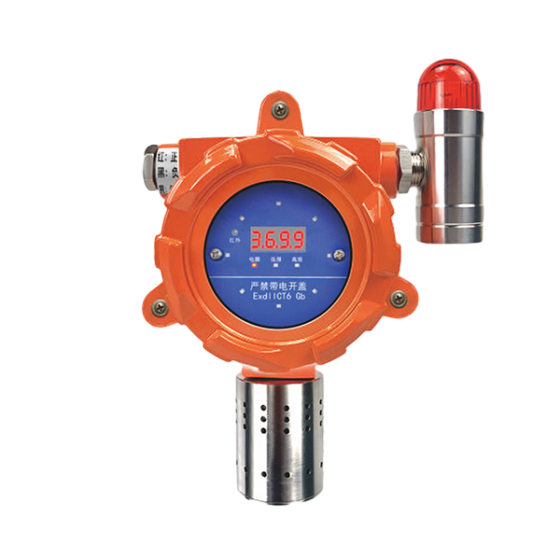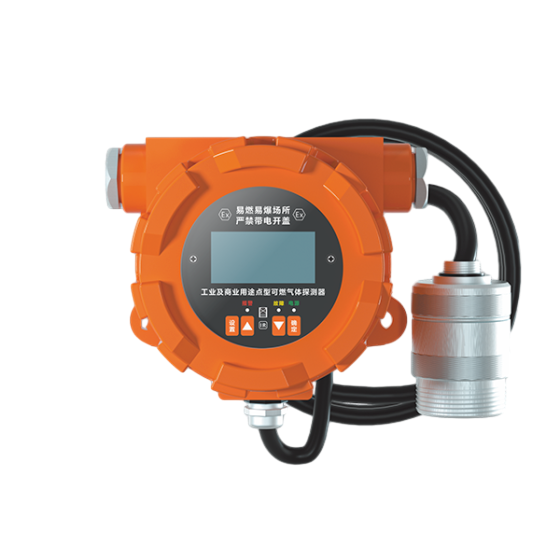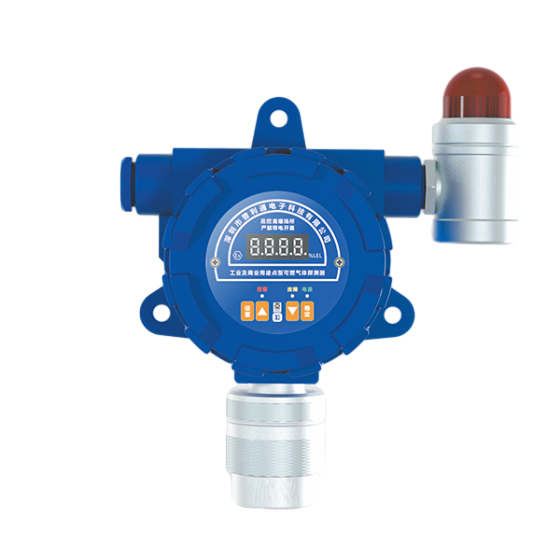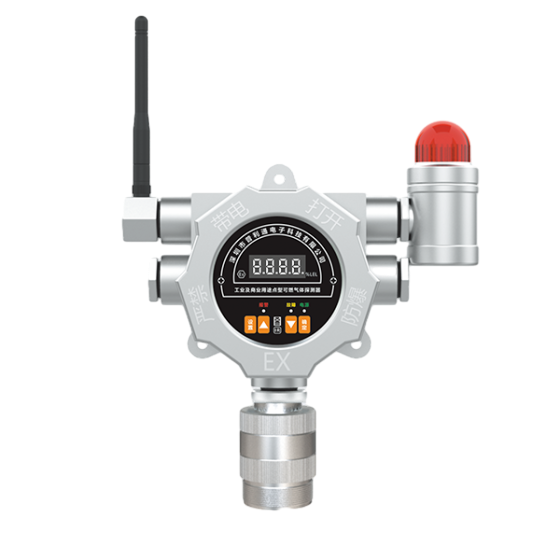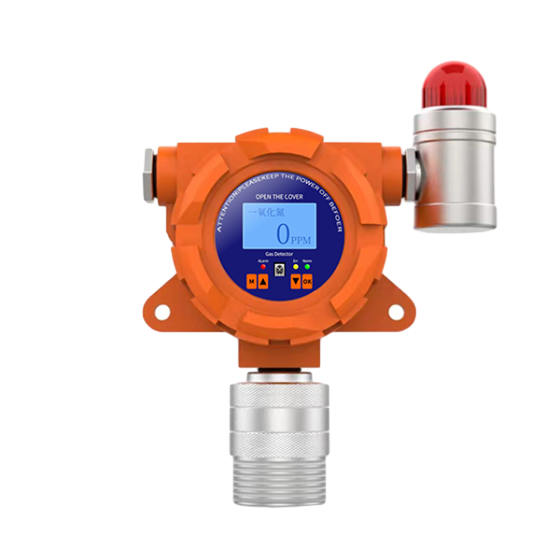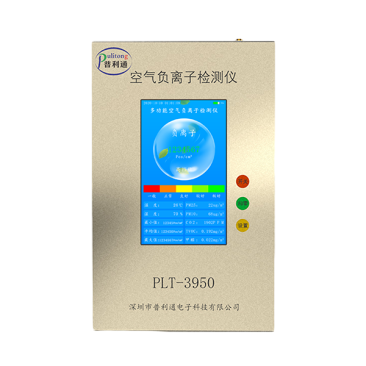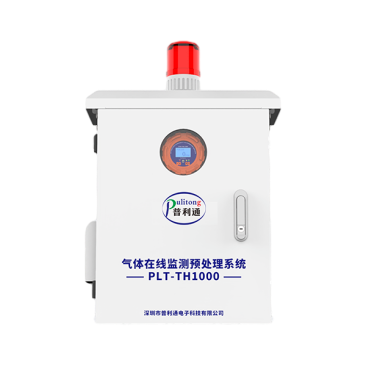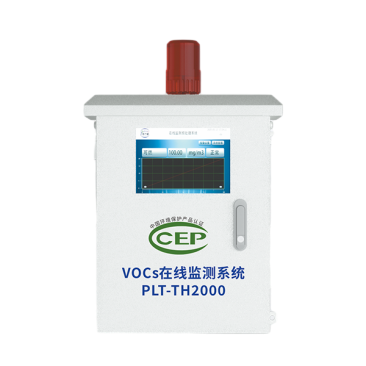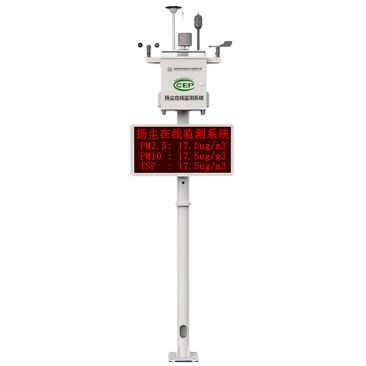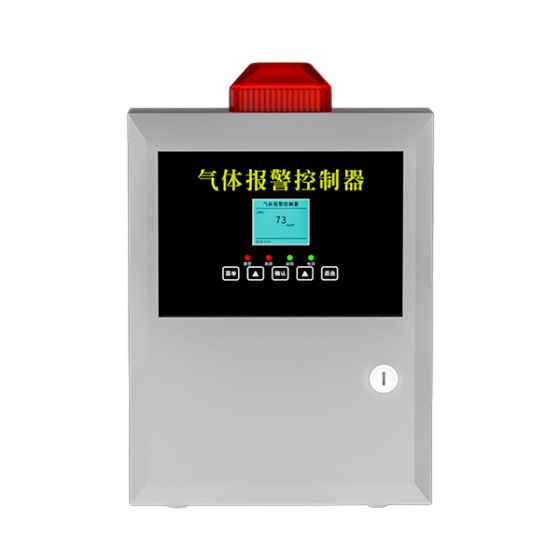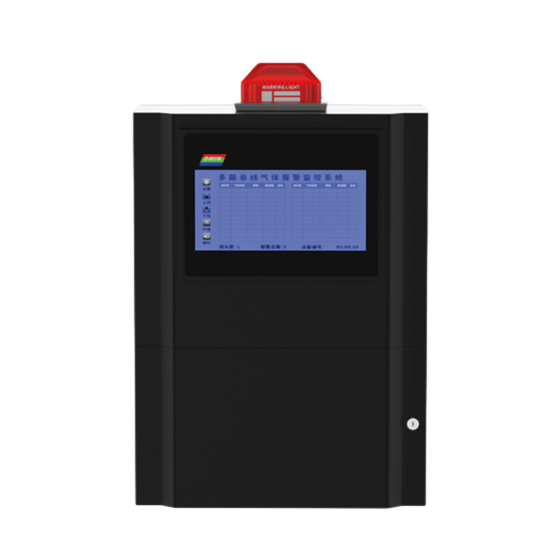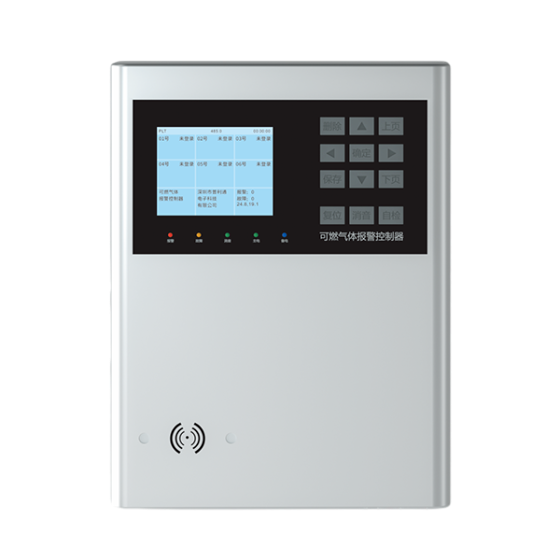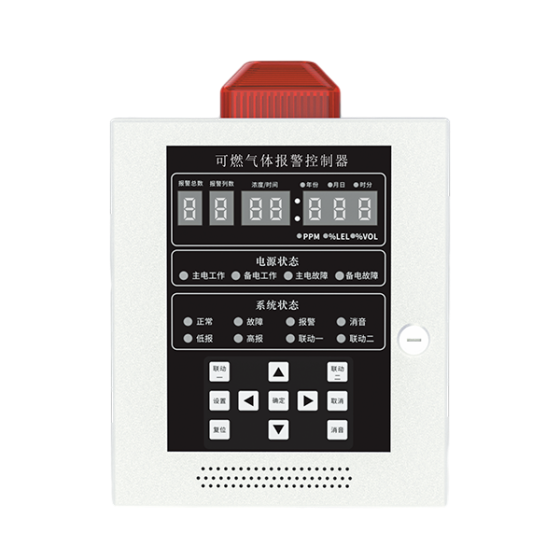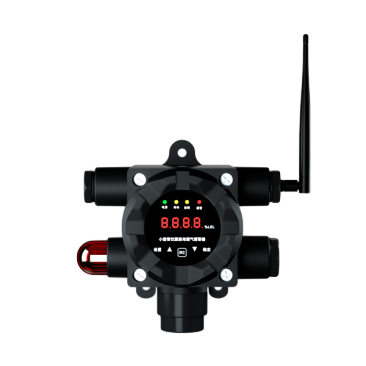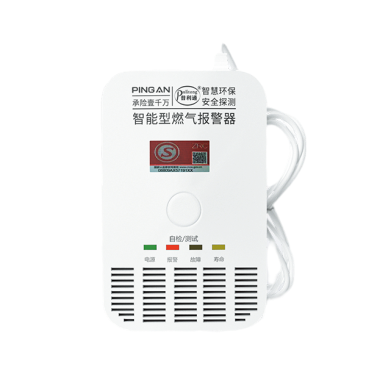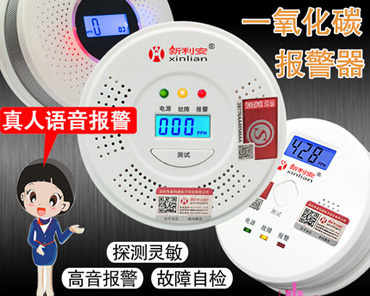Understanding Air Negative Ion Detectors: A Comprehensive Guide
2025-06-27
Air Negative Ion Detectors are specialized instruments designed to measure the concentration of negative ions in the atmosphere. Negative ions, often referred to as "air vitamins," are charged particles that are believed to have various health benefits, including improving air quality and enhancing overall well-being. These detectors play a crucial role in environmental monitoring, particularly in assessing indoor air quality and understanding atmospheric conditions.
The operation of an Air Negative Ion Detector typically involves the use of sensors that can quantify the number of negative ions per cubic centimeter of air. These sensors often leverage advanced technologies such as ionization chambers or electrostatic precipitation to capture and measure the ions present in a given environment. By providing real-time data on negative ion concentrations, these instruments enable users to assess air quality more accurately.
One of the primary applications of Air Negative Ion Detectors is in indoor environments, such as offices, schools, and hospitals. In these settings, the balance of positive and negative ions can significantly impact air quality and overall health. For instance, an abundance of positive ions, often generated by electronic devices and pollutants, can lead to feelings of fatigue and discomfort. Conversely, negative ions are considered beneficial, potentially enhancing mood and cognitive function.
In addition to indoor applications, Air Negative Ion Detectors are also valuable in outdoor environmental monitoring. They can help researchers and environmentalists understand the natural ionization processes occurring in various ecosystems, such as forests, mountains, and urban areas. This data can be instrumental in studying the effects of pollution on air quality and in developing strategies to mitigate negative environmental impacts.
Furthermore, the benefits of using Air Negative Ion Detectors extend beyond just measurement. By understanding the levels of negative ions in a given space, individuals and organizations can make informed decisions about air purification systems, ventilation strategies, and overall environmental health initiatives. These detectors can serve as a guide for optimizing air quality, promoting healthier living spaces, and fostering well-being.
In summary, Air Negative Ion Detectors are essential tools in the realm of environmental monitoring. They provide valuable data that can influence health and air quality, both indoors and outdoors. By measuring the concentration of negative ions, these instruments help individuals and organizations create healthier environments, ultimately contributing to improved quality of life. Understanding their functionality and applications can empower users to leverage this technology effectively for enhanced air quality management.
The operation of an Air Negative Ion Detector typically involves the use of sensors that can quantify the number of negative ions per cubic centimeter of air. These sensors often leverage advanced technologies such as ionization chambers or electrostatic precipitation to capture and measure the ions present in a given environment. By providing real-time data on negative ion concentrations, these instruments enable users to assess air quality more accurately.
One of the primary applications of Air Negative Ion Detectors is in indoor environments, such as offices, schools, and hospitals. In these settings, the balance of positive and negative ions can significantly impact air quality and overall health. For instance, an abundance of positive ions, often generated by electronic devices and pollutants, can lead to feelings of fatigue and discomfort. Conversely, negative ions are considered beneficial, potentially enhancing mood and cognitive function.
In addition to indoor applications, Air Negative Ion Detectors are also valuable in outdoor environmental monitoring. They can help researchers and environmentalists understand the natural ionization processes occurring in various ecosystems, such as forests, mountains, and urban areas. This data can be instrumental in studying the effects of pollution on air quality and in developing strategies to mitigate negative environmental impacts.
Furthermore, the benefits of using Air Negative Ion Detectors extend beyond just measurement. By understanding the levels of negative ions in a given space, individuals and organizations can make informed decisions about air purification systems, ventilation strategies, and overall environmental health initiatives. These detectors can serve as a guide for optimizing air quality, promoting healthier living spaces, and fostering well-being.
In summary, Air Negative Ion Detectors are essential tools in the realm of environmental monitoring. They provide valuable data that can influence health and air quality, both indoors and outdoors. By measuring the concentration of negative ions, these instruments help individuals and organizations create healthier environments, ultimately contributing to improved quality of life. Understanding their functionality and applications can empower users to leverage this technology effectively for enhanced air quality management.
Related Info
Combustible gas alarm maintenance
2020-07-03
2021-01-14








